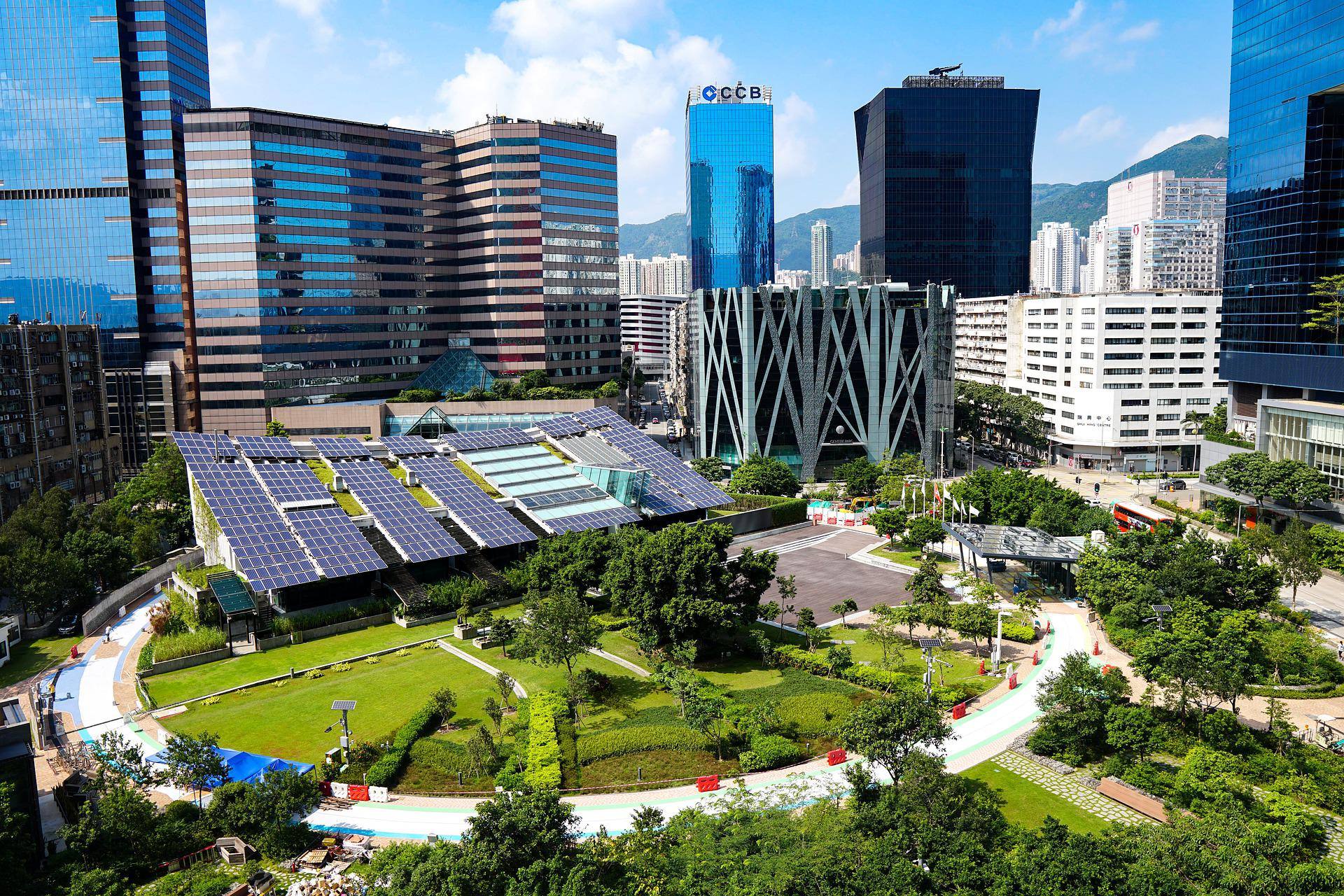
IESE Insight
Greening up in the city: sustainable city best practices
How can cities become part of the solution, instead of part of the environmental problem? Here are best practices for sustainability from around the globe.
All over the world, cities continue to grow. In fact, they are growing more quickly than ever.
Responsible for the vast majority of the world's energy use and greenhouse gas emissions, urban areas are also the main contributors to air, noise, water and land pollution. Moreover, cities generate large quantities of waste, are voracious consumers of natural resources, and they are particularly vulnerable to natural disasters and climate change. Given the current rates of urbanization, the environmental impacts of cities are of urgent concern.
How might city managers develop and deploy innovative initiatives to mitigate the negative environmental effects of urbanization? Due to their higher population density and more efficient resource allocation, could urban areas even offer environmental advantages and be part of the solution?
Cities and the Environment is the first volume of a new series called "IESE Cities in Motion: International Urban Best Practices". Written by professors Pascual Berrone and Joan Enric Ricart and researcher Ana Isabel Duch T-Figueras, the book focuses on the effects of urbanization on our planet, and it aims to:
- Analyze the main environmental challenges that city governments face.
- Catalog international urban best practices on environmental issues
- Serve as a tool to help city managers and policy makers around the world develop innovative ideas and new strategies in their endeavor to create green, sustainable and resilient urban areas that can improve people's quality of life.
Four levers for green urban management
In examining "international best practices and smart solutions for sustainable and resilient cities," the authors define a framework of analysis for a smart urban management model with four main levers of change:
1. New applied technologies and innovations to find alternative energy options that are cost-efficient and optimize energy use, thereby enhancing efficiency and cutting emissions.
One best practice cited in the book is the use of "smart grids" -- i.e., energy networks that automatically monitor energy flows through smart meters and interconnected communications networks, as seen in Malaga. While it serves as a "living lab" for future smart grid technologies, the Spanish city's smart meters have already helped the city achieve energy savings of 25 percent during the first five years of the project (2009-2013).
Another tech innovation cited is the waste-to-energy approach for solid waste management, as seen in Belo Horizonte, Brazil. In the Brazilian city, home to more than five million people, the municipal government initiated the project to generate energy from its garbage, with the help of key private sector and cooperative partnerships. In 2011, the new energy plant at the city's landfill site added enough energy for an estimated 30,000 to 35,000 people while reducing greenhouse gas emissions.
2. Policies, legislation and regulations, which are key in shaping and facilitating the market towards the green economy and the clean energy sector. This lever also allows cities to develop their own sustainability and climate change mitigation plans, as in the case of Vancouver and its Greenest City 2020 Action Plan. The city's mayor launched the ambitious project in 2009, setting targets to reduce greenhouse gas emissions by 33 percent.
More info: "Vancouver: The Challenge of Becoming the Greenest City"
3. Change in people's behavior and preferences. People are showing growing concern about climate change and the environment and changing individual preferences as a result.
City projects and campaigns that enable behavioral change have been proven very effective. For instance, the "Envision Charlotte" initiative provides building owners and office workers with near real-time information about the buildings' energy use, encouraging behavior changes that save energy. Since the inception of "Envision Charlotte," businesses in uptown Charlotte have saved an estimated $10 million.
4. Infrastructure and urban planning. From green buildings to more imaginative use of spaces within urban areas, sustainable urban infrastructure projects and land use policies are key to create ecological and resilient cities. One example cited is the incorporation of pocket parks in highly urbanized areas with little space left. An example in New York City is seen below.
